By Ava Crofford (they/them)
croffoaa@mail.uc.edu
This article is to bring awareness to digital divides and request that public officials be held accountable for the impact of current city plans.
Fiber plans, taxes, and PILOT programs
In May 2024, the City of Memphis began work on a fiber internet buildout across 85% of the city. In total, the project is estimated to cost $829 million of public city funds. To understand this type of investment it is important to first understand whose money the city is spending. Tennessee is ranked 3rd on the list of most regressive tax policies and breakdowns as follows:
The lowest 20% pay the most: 12.8%
The middle 60% pay: 9.4%
The top 1% pay: 3.8%
(Smart City Memphis Jun 24, 2024)
This fiber buildout is a PILOT or payment-in-leu-of-taxes program. PILOT programs have a history of pulling money away from public schools predominately affecting the poorest schools where residents by percentage pay the most in taxes. And, Blue Suede will pay 25% of their property taxes and receive 75% in property tax breaks as a PILOT program.
Digital divides
Digital divides have existed since the internet was created in 1983 and are built on the pre-existing inequalities of the US. Digital divides include a complex relationship between access to technology, internet, digital skills, and the use of this access. However, those without access are not able to choose.
In pre-pandemic 2019, this is what internet subscription rates and in-home computers looked like in Shelby County. For reference, the darker (green or gray) areas on this map are the areas with the highest rates of the variable mapped.
- People living in dark areas have higher rates of no in-home broadband (internet) subscription of any kind.
According to the Memphis and Shelby County Schools Annual Report, 18,050, or 19% of students, in 14,463 households, indicated through an online survey that they required wifi. Due to the limited number of hotspots available for distribution, only 25.5% of those households, that is 3,683 households and 4,537 students meet the eligibility criteria to receive a hotspot. Moreover, 19,197 students had not responded when this report was completed (Destination 2025, Annual Report, 2020). While public access at libraries and community centers is a temporary fix the U.S. Department of Commerce has documented that “frequent internet use occurs most often at home, and use in places other than home or work is often intermittent” (U.S. Department of Commerce/ NTIA, 2002).
- People living in dark areas have higher rates of no in-home computer, desktop, laptop, or tablet (up to 87%).
In Shelby County, an estimated 85,000 laptops were distributed to students in need during the pandemic lockdown. The full scope of what students missed over this time both in educational and social development is yet to be entirely understood but the impacts are already being lived and experienced.
Greatest Risk
Here is a comparison of the CDC’s Environmental (in)Justice Index and the rates from the maps above. The larger the bar is, the more strongly correlated the variables are by census tract. For example, living in a census tract where there is a high population of people living at or above 200% poverty is strongly correlated with no in-home computer, desktop, or laptop (0.86). Remember, these are 2019 rates, which were before the Affordable Care Program supplied internet discounts of up to $30 off an internet service to qualifying residents.
- Correlation test
Or seen another way here.
CAUTION: This is a single variate test, meaning it does not show the overlap of multiple variables. For example, being a Person of Color and being disabled. Additionally, there are MANY issues with how the US Census counts people, especially in terms of their racial and ethnic categories. There are ongoing efforts to expand these categories including Middle Eastern and North African (MENA). Unfortunately, it is the best that we have. Local data collection is a proposed solution. The only categories provided here are:
Race
- Black or African American
- American Indian and Alaskan Native
- Asian
- Native Hawaiian and Pacific Islander
- Other
- White
Ethnicity
- Hispanic or Latino
Basically, digital divides are intertwined with social inequality including income inequality, structural racism, ableism, and more because pre-existing offline inequalities reproduce themselves online. Predominantly Black people, Latino/Latina/Hispanic people, disabled people, and people living at or below 200% poverty are most disadvantaged in in-home internet and in-home computers, desktops, or laptops. Moreover, the fact that areas with low in-home rates of both experience the highest rates of environmental and health burdens reflects systemic patterns of inequality in care across the US. Internet access is essential for critical information and completing daily tasks like information from schools, public health, applying for jobs, self-advocacy, local, state, and national elections, and information about ongoing global human rights abuses that we fund as US citizens.
Digital Equity
Digital equity includes policies that aim to close gaps in internet access and speeds, digital skills, and access to technology. They all need to be addressed– addressing speed without the others will not close these gaps. While fiber implementation will raise the average available speeds in Memphis, these benefits will not be equally distributed. Even though these plans will implement fiber in 85% of low-income areas, the cost of using fiber service is more expensive for individuals at an estimated of cost $89 per month. How will the city subsidize the 40% of Memphis residents who relied on discounted internet service rates before the Affordable Care Program ended?
The most recent comments about bridging this 40% are from the new Internet Service Provider Ting, which stated that residents can receive a discount from the ACP, and legal review of public wifi in the Memphis 3.0, 2023 Annual Report (page 6) meanwhile, public officials broke ground on fiber in May.
To work towards digital equity means providing a budgetary plan for subsidizing the cost of internet to replace the Affordable Care Program, or providing public wifi. It means being transparent about how the public city money is spent, who the real benefits will be for, and communicating that information to the bottom 20% and middle 60% who pay the most in taxes.
**
Ava Crofford (they/them)
croffoaa@mail.uc.edu
Please contact me if you have questions or want to talk about this research and we can set up a time to meet. I study social inequality and I plan to continue to research digital divides as a Sociology graduate student at the University of Cincinnati this August. In 2024, I began this research while earning my Bachelor’s degree in Sociology from Rhodes College. My former professors Dr. Earl Wright II, Dr. Sarah Boyle, Dr. Charles McKinney, Dr. Jeanne Lopiparo, and Dr. Evelyn Perry made this work possible. Special thank you to Dr. Hadi Koshneviss and Dr. Laura Leisinger for their formative teachings and guidance.
“We don’t stand apart from history. We are in the midst of it right this minute, and the stances
matter. A committed moral stance does not mean that we cannot be rigorous.”
– Aurora Levins Morales, “Medicine Stories: Essays for Radicals” (1998)

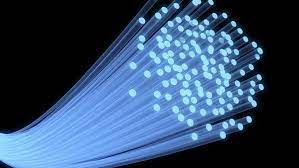
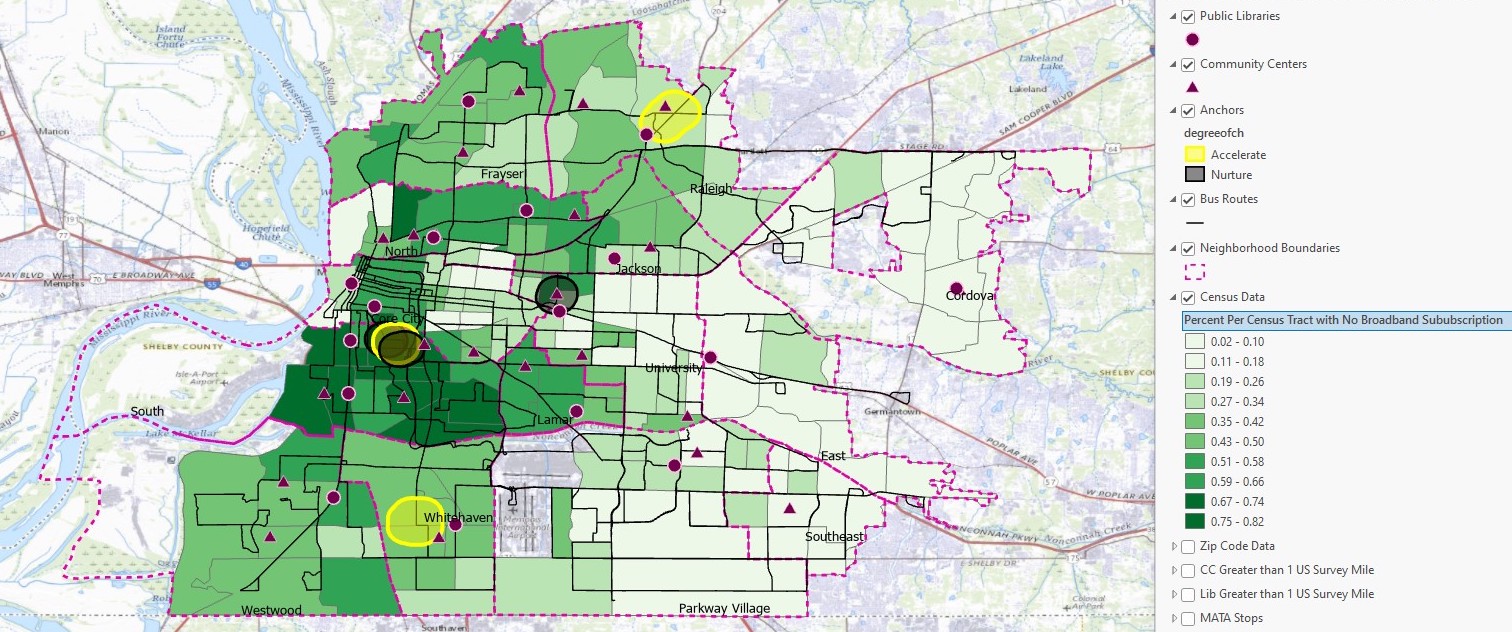
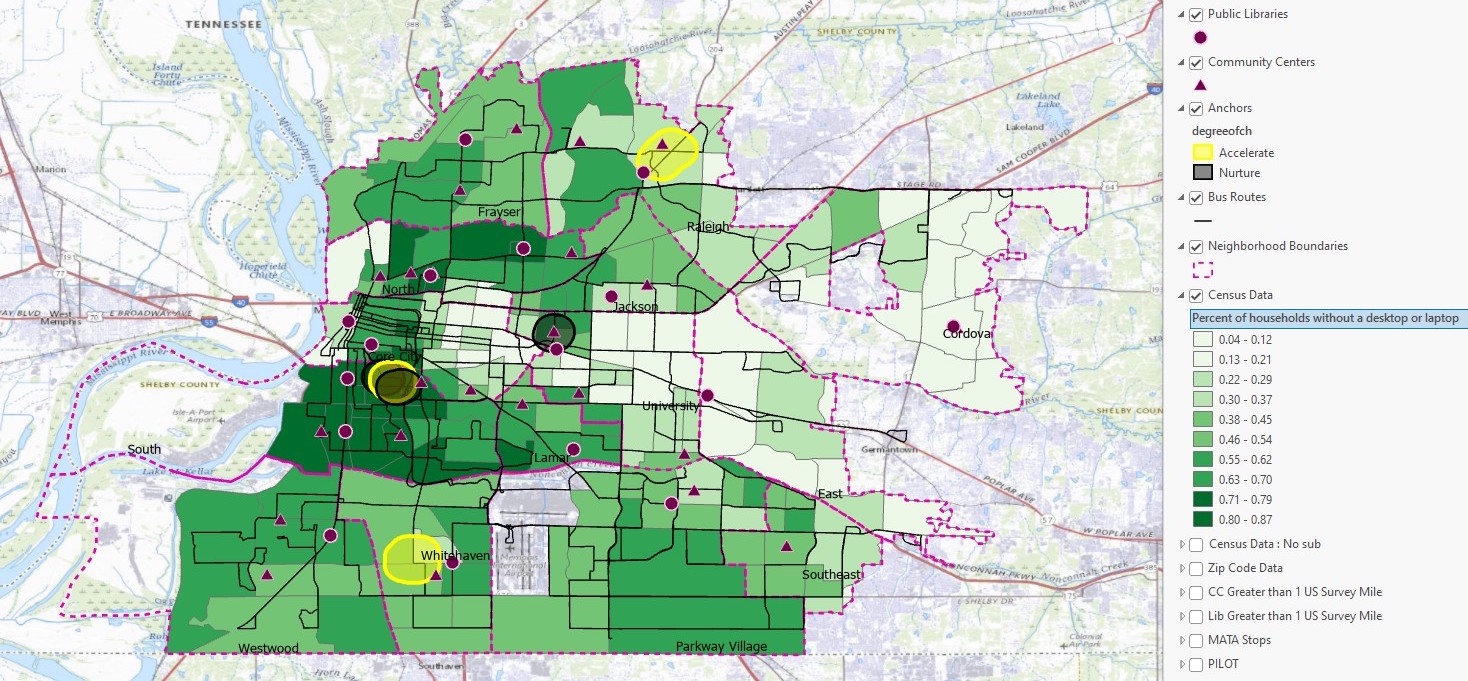
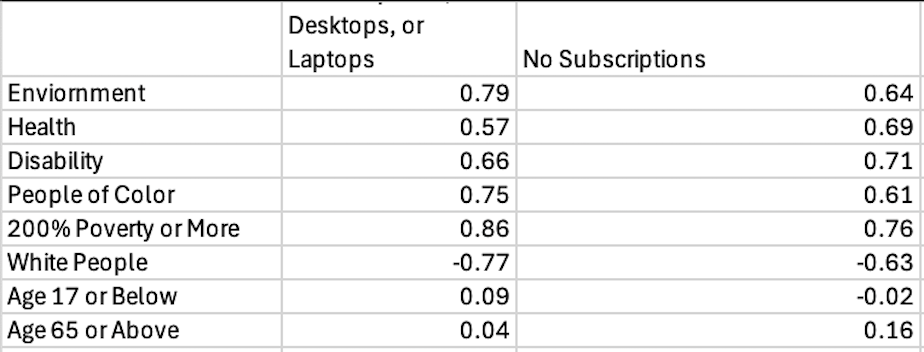
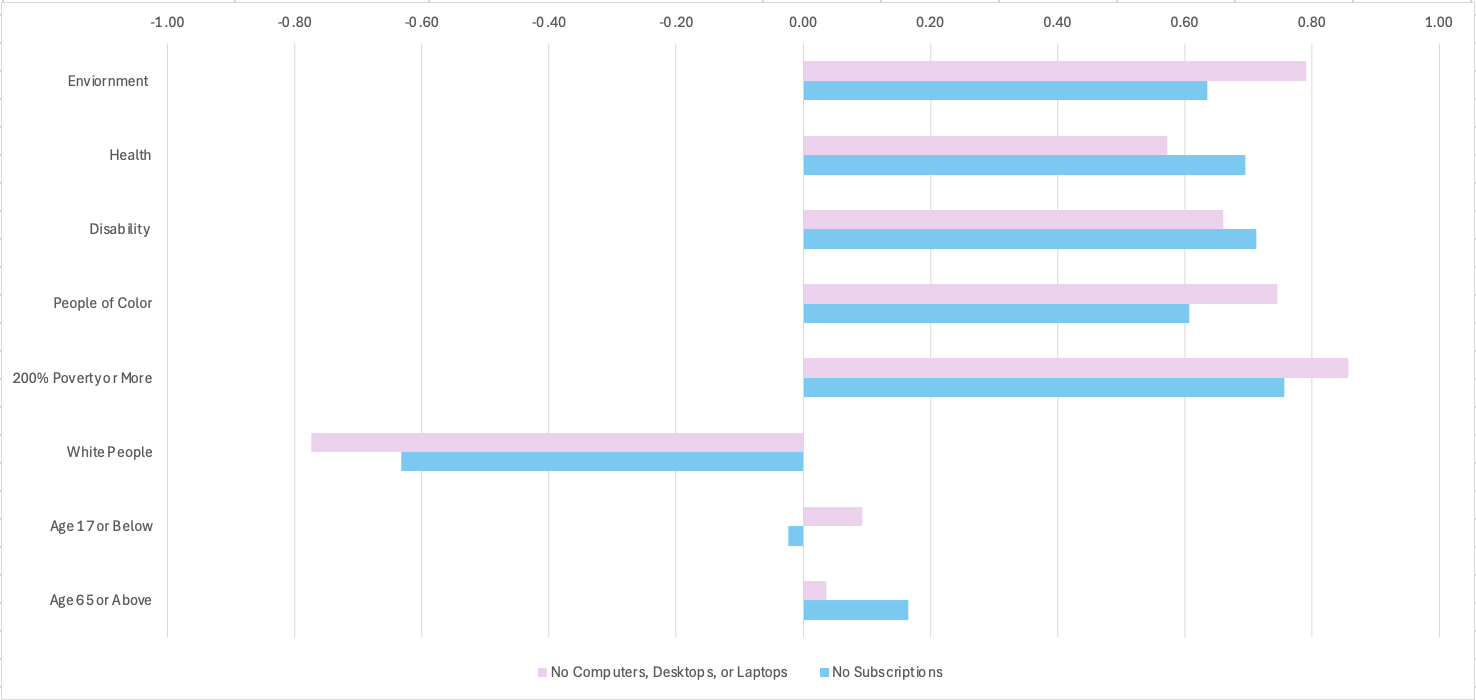
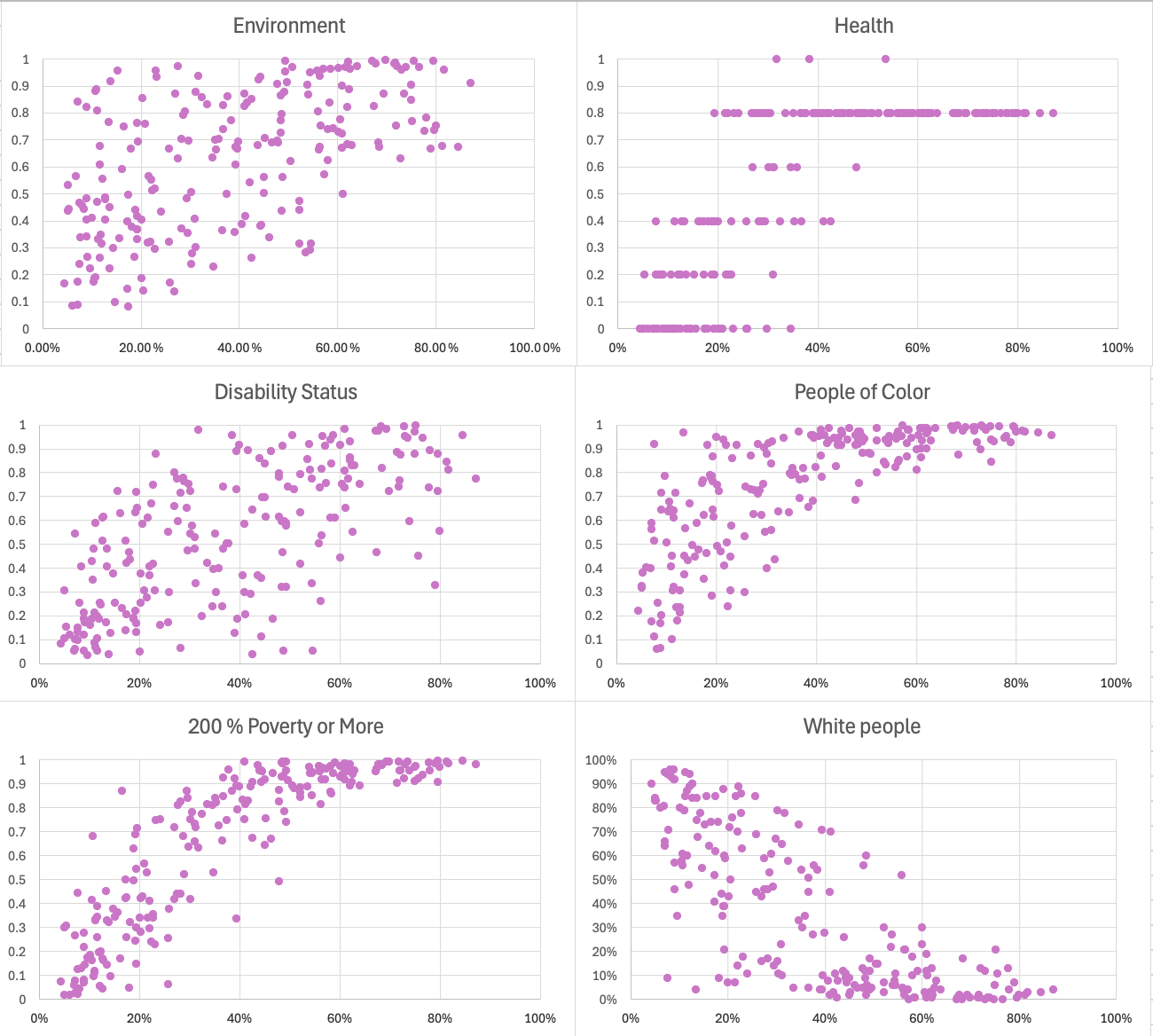

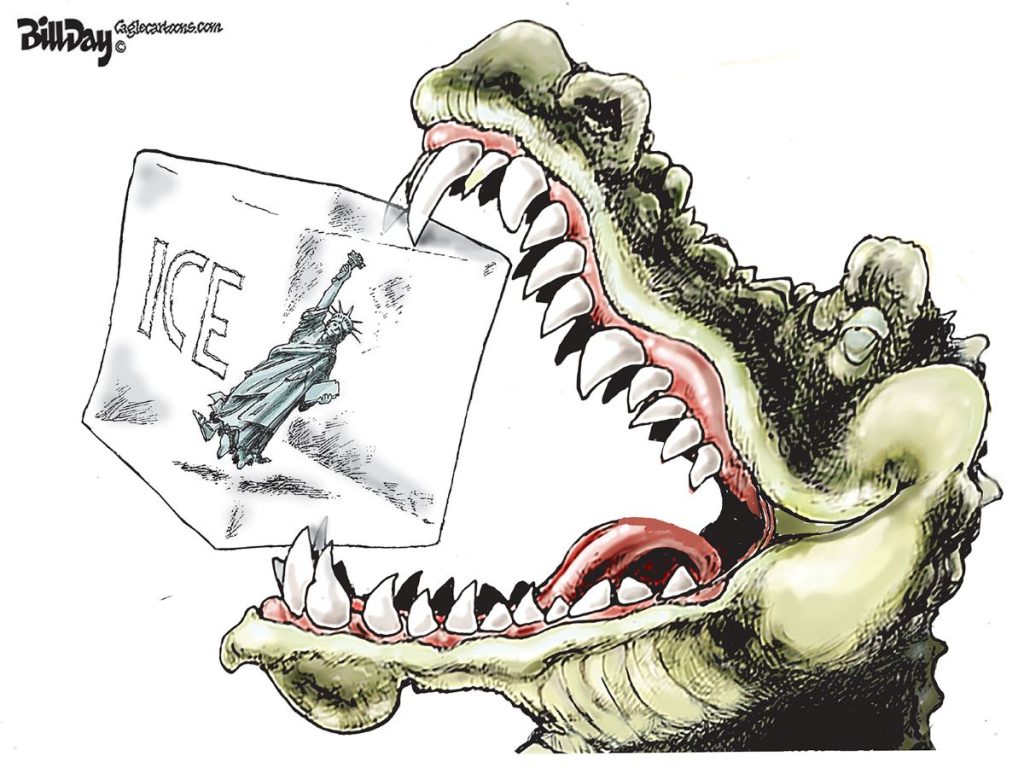
Is Memphis the first city to take this approach? If not, can any comparisons be made or lessons learned?
No, this has happened before in Bloomington, Columbus, and Shelbyville, Indiana through Meridiam. Meridiam is a French company that owns 100% equity of Blue Suede. Meridiam markets themselves as closing digital divides but their promos similarly talk about the ACP subsides without providing an alternative now that this has ended. This indicates that their priority has been and is fiber build-outs, not affordable internet.
Which is not good. But what about the on-the-ground impact in Bloomington, Columbus and Shelbyville? Meridiam aside- data regarding access, usage, economic indicators, etc.?
Thank you for this question!
There is substantial progress in all of these cities of completing their fiber build-outs. You can track this progress by adjusting the speeds here: https://www.indianabroadbandmap.com/. However, there is no publicly available real-time map of usage that I know of.
While the fiber build-out process in Memphis might follow a similar trend, Memphis lacks the surveying and meetings that were conducted in Bloomington. Bloomington used resident mail surveys and meetings with community stakeholders to create their digital equity program, available here {https://bloomington.in.gov/sites/default/files/2020-12/City%20of%20Bloomington%20Digital%20Equity%20Strategic%20Plan%2020201220.pdf} with key findings in sections 2.1 and 2.2. The Bloomington surveying and meetings provided residents with the capacity to express their issues so they can be meaningfully addressed by the City which catches important needs and gaps in how residents are experiencing access. In other words, what is making in-home internet a struggle? This surveying provided clear methods for how and where the City should effectively target digital divides to bridge these gaps. The meetings allowed the city to pair with local organizations and nonprofits. Ultimately, their self-reported survey led them to expand their digital equity program and develop a digital coalition to oversee progress towards digital equity. Their expanded program added “drop” subsidies so that with the ACP low-income residents could access free in-home fiber. Columbus also offers “drop” subsidies. Without the ACP, there is no doubt that they are struggling to fulfill this goal but their expanded programs should offer some relief. Shelbyville has chosen to provide public access in parks. I have seen no studies on the effectiveness of this approach so I cannot speak on it beyond mentioning data from a 2002 NTIA study that indicated that in-home access is the most effective way to encourage use.
In 2020-2021, Memphis used an independent 3rd party commissioned by Strickland called CTC Technology and Energy. Neither the full data from this plan nor the methodology are publicly accessible. For this reason, it is unclear what the city plans to do to address digital equity in a meaningful and effective way. In 2021, UofM partnered with Start Co., Knowledge Quest, CodeCrew and Urban Strategies to provide access in South Memphis with Dr. Charlie Santo and Ms. Thomas via a Memphis City grant. I would love to see more initiatives like these based on conducting surveys and meetings with community stakeholders to connect with residents needs.
I hope this helps and let me know if you have additional questions. Please and thank you.